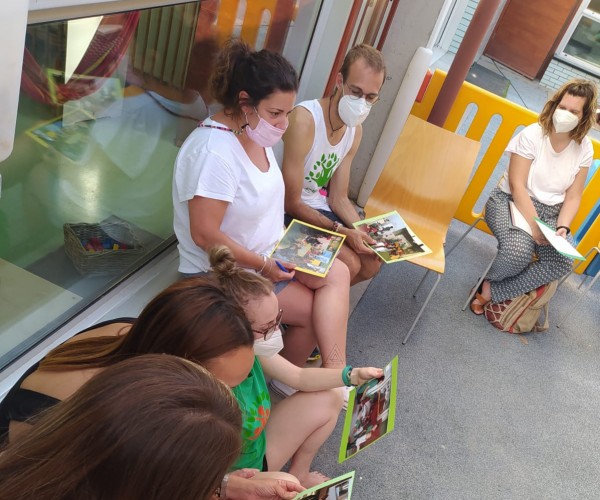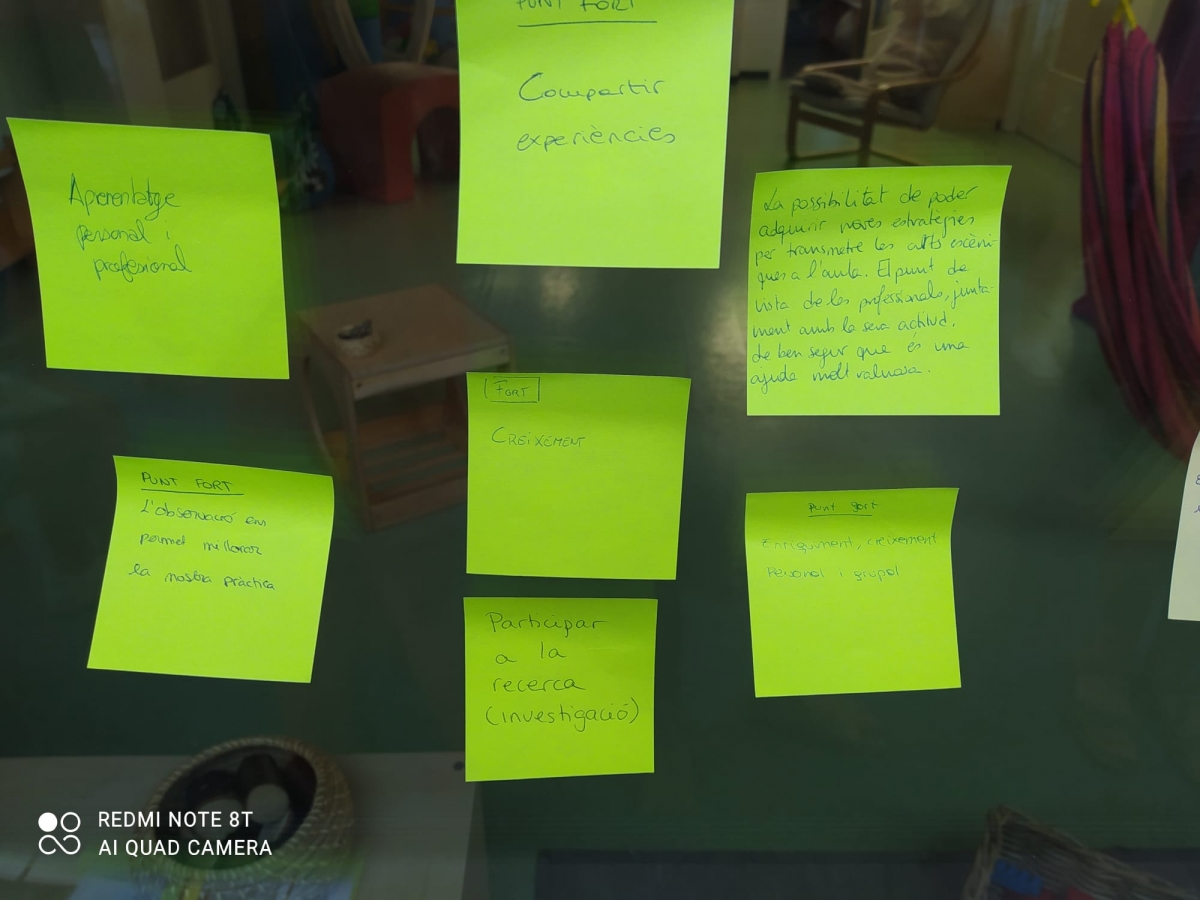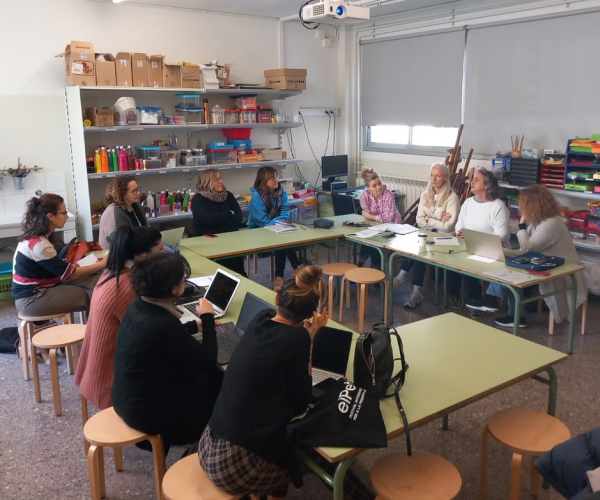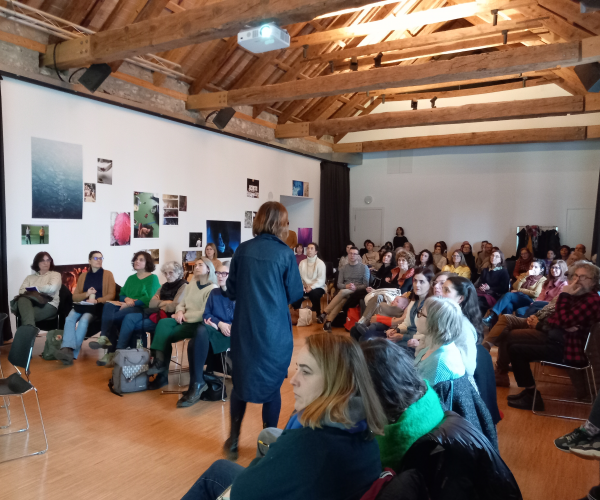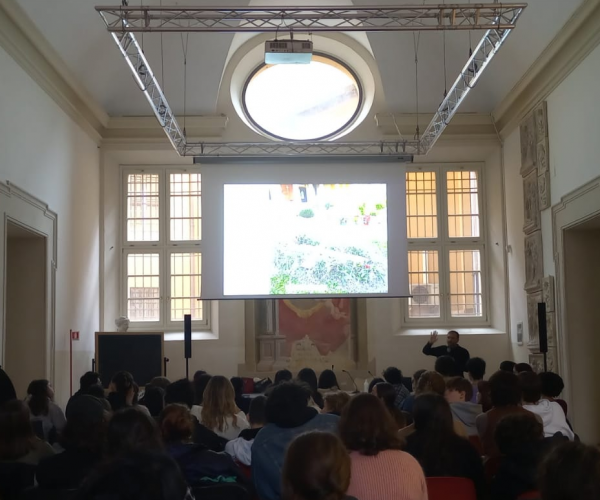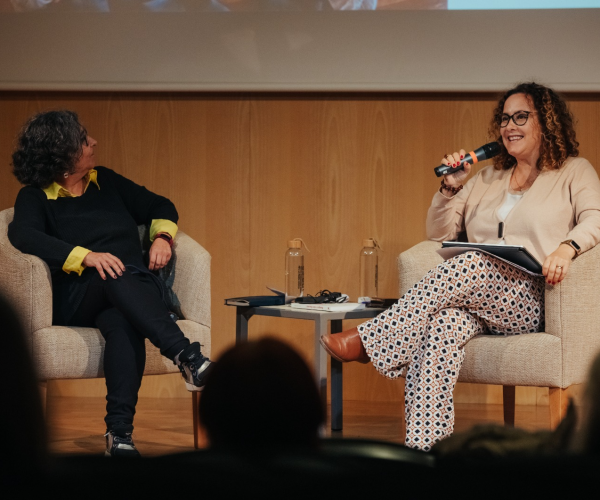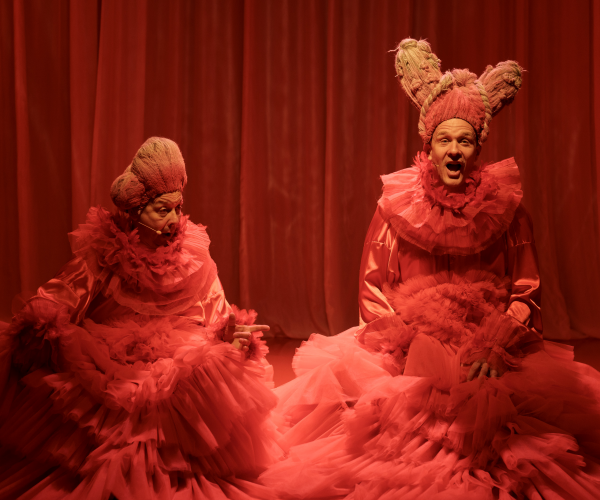Research on peer learning methodology
During July 2021 we are starting to work more vividly on two of the intellectual outputs of INTERSTICE project: IO4 – Peer learning methodology, and IO6 – Research on peer learning methodology.
Peer learning experiences will be developed between children, teachers and artists, generating an interstitial space between Art and Education, where the observation, interaction and active participation of all stakeholders are fundamental elements.
Artists will participate in Early Childhood and Primary Education centres, and this collaboration will create new learning environments for all the involved stakeholders. Also, participation spaces will be promoted for the schools to share their vision and experiences with the arts at the school. This intellectual output is led by laSala (Sabadell, Spain); it will include two different intervention models, different arts (contemporary dance, music, contemporary circus) and five schools, with age groups from 3 to 8 years old.
From the UAB (Barcelona, Spain) we are also developing a research of the implementation of these peer learning experience, in order to validate the quality of this methodology and to extract data for its greater dissemination in other educational and cultural contexts. The first step of this research has been a focus group with the teachers who participated in the peer learning experience during the academic year 2018-19, from Can Puiggener Early Education centre.
During the discussion, photo elicitation techniques were used in order to evoke memories of past learning and experiences.
Some of the topic covered were the role of the child, the relationships between teachers and artists, and the value of movement and voice working with babies and toddlers.
Additionally, the teachers identified the main strengths of the project (for example, the use of observation to improve one own practices); main flaws (mostly, the reduced amount of time); and their own personal commitment for this new edition of the project: for example, to be more aware of the artistic expression of movement.
During 2022, the research will go on with ethnographic observations during and after the joint sessions between teachers and artists, in order to analyse changes in teachers’ practices, and the impact on the children.

